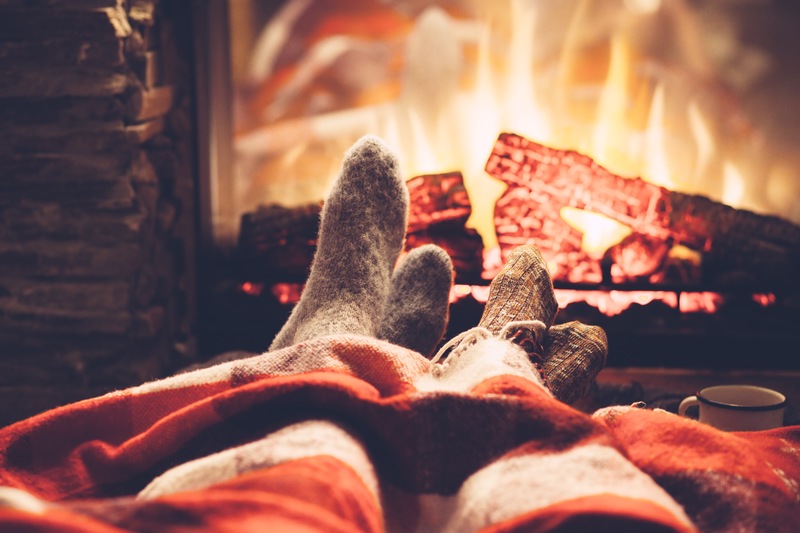
Some people think structure fires are impossible in winter. They think cooler temperatures somehow reduce or even eliminate the risk. This is simply untrue.
In fact, the American Red Cross reports more than 47,000 fires occur annually during the winter months, resulting in more than 500 deaths, and more than $550 million in damages. The threat of fire is constant, and it’s the responsibility of everyone to practice daily vigilance.
When heaters are turned on and fireplaces are in use, fire risk increases. Rather than react out of fear or even go without heat this winter, knowing basic fire safety will help keep you, your family, and your property safe and secure. Here’s what you need to know about winter fire safety:
Have All Appliances and Equipment Inspected and Cleaned
In Florida, it’s rare for temperatures to get cold enough to require artificial heat. Such instances do happen, however, and this season is a great example.
Regardless of the weather, it’s a good idea to have heating systems checked at least once a year by a qualified professional. If you have a fireplace, make sure it’s clear of soot and debris, and that there are no animals or foreign objects in the chimney.
If you use a space heater, check the electrical cord to confirm it’s not frayed or cracked. Also, inspect the heating element itself. Sometimes, bugs and debris make their way inside, especially when the unit has been out of use for a prolonged period. Make sure to always turn off space heaters when you leave the room.
Remove Flammable Material from Heat Sources
When heaters and fireplaces aren’t in use, it’s common to store items nearby. However, before using systems and fireplaces, ensure they’re clear of any obstruction — particularly flammable materials. Fires start fast and spread quickly. They can become out of control in seconds. That’s why proper preparation is essential.
Make sure children understand that furnaces and fireplaces are not toys. Don’t allow children to place objects inside heating systems, or be near fireplaces unattended. This ensures their safety, but also prevents foreign objects from igniting, which could easily cause a fire.
For fireplaces, it’s also a good idea to use a sturdy fireplace screen. Always allow ashes to cool before disposal.
Perform a Perimeter Check and Make a Plan
Make sure there’s a working smoke detector in every room of the building. Ideally, you should check the smoke detectors at least once every six months. This should become standard practice, regardless of outside temperature.
Also, consider a carbon monoxide detector. Known as the “silent killer,” carbon monoxide cannot be detected by smell. Often, CO detectors provide notification of fire before smoke detectors, since the latter is typically installed on the ceiling, and smoke must rise to its level before alarms are sounded.
Don’t wait until a fire occurs to make an escape plan. It will be too late by then to ensure the safety of everyone inside. Plans should include at least two exits to every room (remember, windows can be used as exits). Establish a meeting place in a safe location, so everyone can be accounted for.
Get Protection
Along with these precautions, it’s important to know your property is protected in the event of a fire. Based in Central Florida, our qualified and knowledgeable agents work with clients across the state. Contact us today to discover all the insurance solutions available to you.